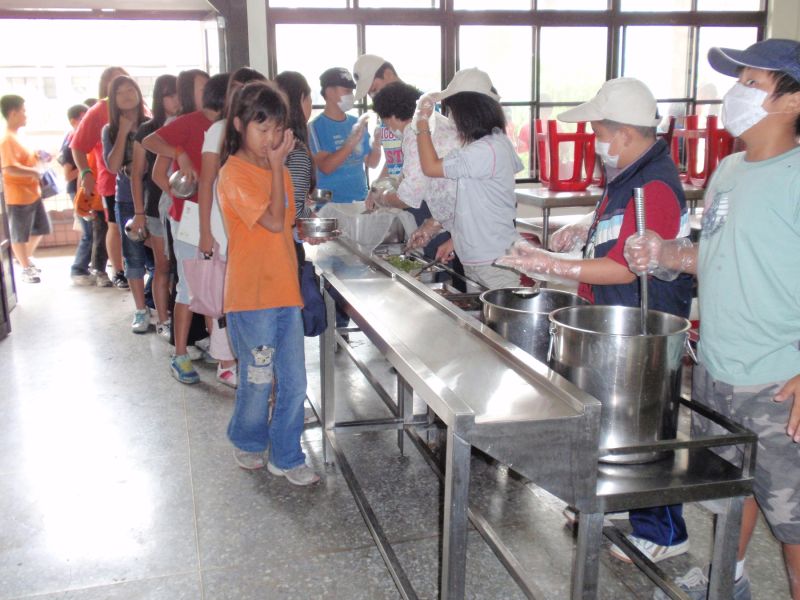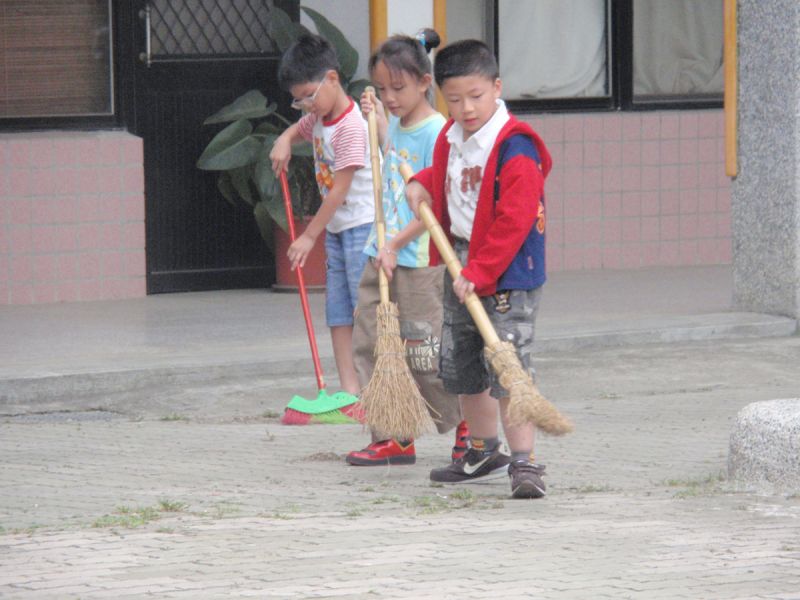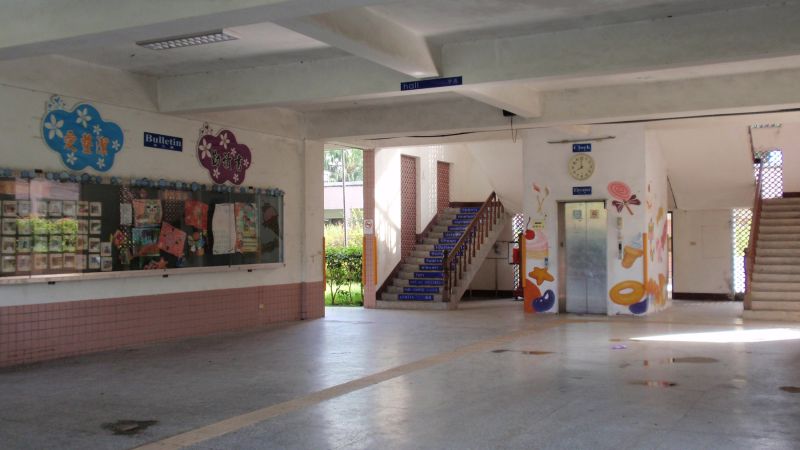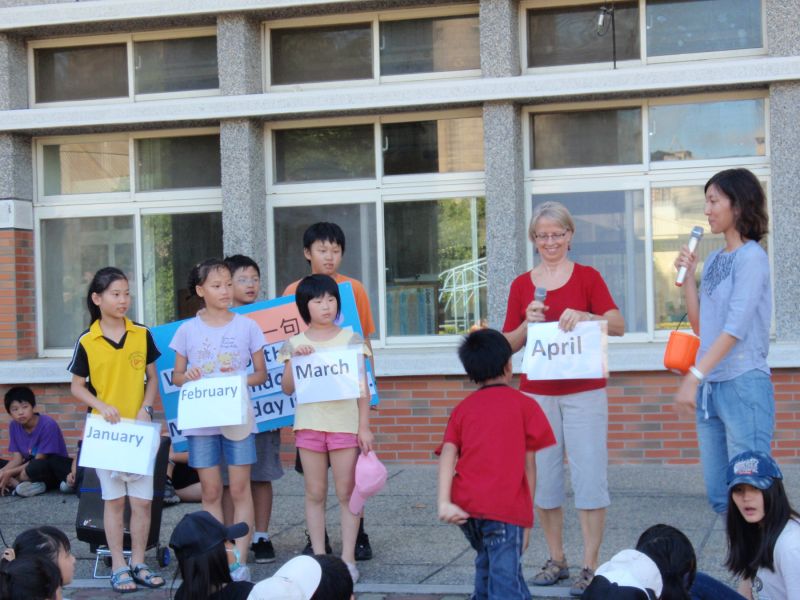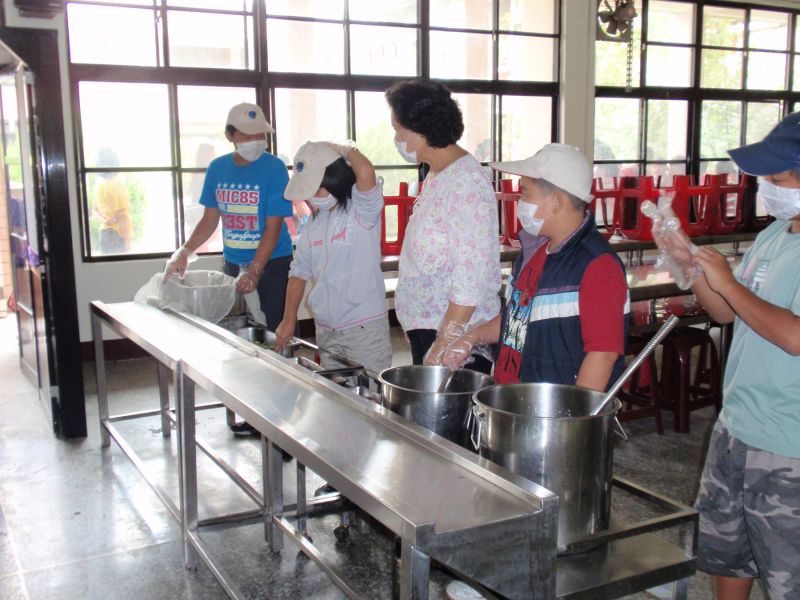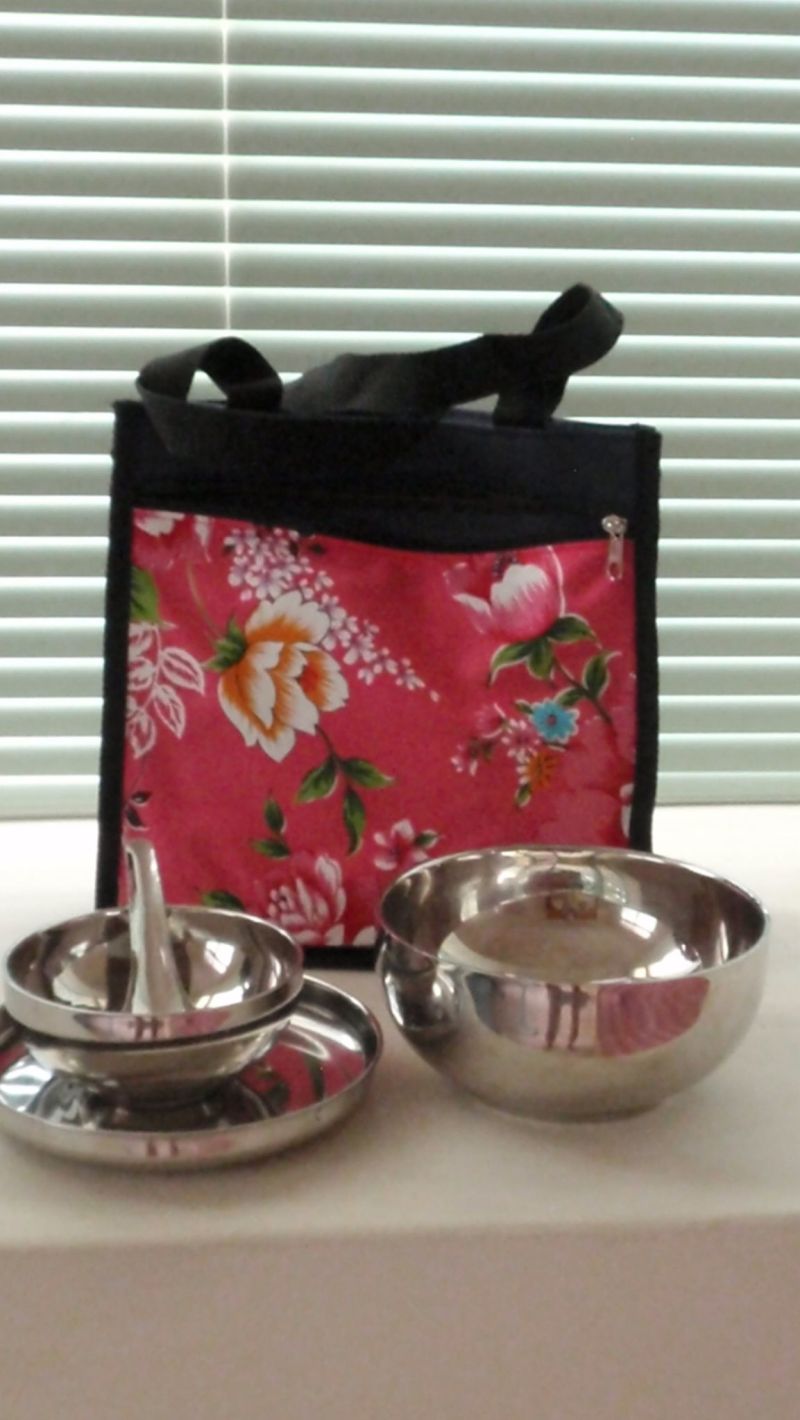Teaching in Taiwan
A brisk nine minute walk gets me to Da Du Elementary School each day. The school is located at the edge of Hengshan village along a bustling four-lane highway at a busy intersection; fortunately, there are two under-the-street tunnels for students to reach the school on foot without having to cross the highway, one on either side of the intersection. Students arrive at school by 7:30 a.m. to begin their cleaning duties. Homerooms are assigned to maintain various spots around the school from the front lawn to the back hallways, as well as all classrooms and offices, to sweep, dust, pick up trash, etc.,.....every day. Teachers are required to be at school by 8:00 unless they have a morning duty or homeroom to direct in cleaning activities. Happily, I do not have a homeroom.
Da Du (which means 'Big Belly' in Chinese) first opened in 1935 but has been added on to and updated since then. The sprawling building is only one room wide with outside covered hallways to protect from precipitation. All rooms have full windows on both sides, allowing maximum air flow if there is any breeze, and the classrooms and offices have multiple ceiling fans.... my classroom has 10. The building has no air conditioning (except for the principal's office) and no heat. Approximately 394 students attend the K - 6 school. Most grades have 3 sections, though this year, kindergarten has only 12 students, a record low for the school. The kindergarten building is separate, located across the all-weather oval track from the main school building. The gymnasium is also a separate building located near the kindergarten.
Kids are kids, whatever the country, whatever the language, and much about this school is the same as any Ohio school. However, there are are some differences, especially with student activities, that were a little surprising to me. For instance, Da Du has an air-gun shooting range located on the second floor in one wing of the building. Only 5th and 6th grade students may participate, and these students are selected by staff. In the same location there is a permanent room equipped for the after school taekwondo club that's open for all ages. This week the archery team won top awards in a county-wide competition. The 5th and 6th grade track and field team is currently in season and has been involved in county meets this fall. The harmonica club recently gave a musical performance during the school day, which I unfortunately missed because of a class. I'm hoping to catch a performances sometime this school year.
Every morning before the first class there is an all school assembly outside on the track right next to the building. The students sing the national song as the Taiwanese flag is raised. In unison they greet the teachers and then each other, bowing as they say good morning in Chinese. On Tuesdays, after the regular ceremony and any necessary announcements are made, it's "Time to speak English!" My co-teacher Mandy and I address the students with a question of the week, such as: Where are you from? How many people are in your family? What month is your birthday? Something simple to get the kids focused on vocabulary and expressions that are common and often used. These brief sessions are fun, and the students are very willing to participate (of course we do award volunteers with pieces of bubble gum or candy!). Assemblies conclude with all of the students stretching and taking a couple of laps around the track before first class begins. English education is compulsory in Taiwan beginning in grade 3, but most schools begin earlier, not wanting their districts to fall behind any other. Starting this week, I begin working with the kindergarten one day a week.
Students are friendly but a little shy, especially when speaking to me. Many students that I do not have in class will run up and say hello but run away just as quickly if I start talking to them beyond a simple greeting. They call me "Miss Rose", much easier to pronounce than my last name. I teach 23 classes per week: 1 kindergarten (once per week), 2 second-grade (once per week each), 1 fourth-grade (twice per week), 3 fifth-grade (three times per week), and 3 sixth-grade (three times per week). I have a total of 218 students, and I have to admit that I'm still struggling after 6 weeks to remember all of their English names. While the names are familiar, I have multiples of Ken, Jason, Ben, and Peter, as well as numerous little girls named Amy, Lisa, and Tina. The fifth- and sixth-grade students come a different period each day that they are in my class, adding to the dilemma. The students' English ability levels are all over the board, creating quite a challenge in activity planning. Many students go to private 'cram' schools several days a week after school is over, and most of them continue to do so during their winter and summer vacations. Consequently, those students have skill levels far above the students who do not attend cram school. In class I speak slowly and strive to use simple vocabulary to give instructions or carry on conversations. It's a challenge, but for the most part, the students are cooperative and helpful, recognizing that sometimes I struggle as much as they do.
The school day includes 7 class periods of 40 minutes each. From 10:10 to 10:30 every day students have a recess, and they run all over the building, up and down the halls with basically no supervision. Some of the younger children play on the playground equipment located near the track, but mostly they roam the hallways and socialize. Another 5 minute break splits the afternoon in half. From 12:00 to 1:10 students eat lunch and take a nap. Yes, a nap. At approximately 12:30 each day, students return to their homerooms after eating lunch and put their heads down on their desks and rest / sleep....teachers, too! I love it, especially during these hot and humid days that make me so drowsy anyway. Lunch for all students and staff is free. Fifth- and sixth-grade students, with an adult supervisor, form two serving lines inside the two doors to the 'restaurant', as they call the cafeteria, and fill students' bowls as they file through. Students bring their own bowls and chopsticks or spoons each day, wipe them with a tissue when finished eating, and take them home to be washed. If a student does not bring his bowl to school, he does not eat lunch that day. There is a large lined garbage can where students place any food they did not eat, and the area trash hauler picks up the leftover food and gives it to local farmers for their pigs. Students man this station, too, as well as wipe the tables and sweep the floor after lunch.
Lunch is cooked fresh every day, nothing frozen or prepackaged, and consists of rice, a meat or fish dish, two vegetable dishes and soup. Most days there is also some kind of whole fruit, like apples, guavas, or pears. Monday is vegetarian day, so there are three vegetable dishes and no meat. I wish I could name all of the types of vegetables I've eaten; most were totally unknown to me before I came to Taiwan, and I can't begin remember their Chinese names. Taiwanese eat many kinds of 'melon', but to me these are varieties of squash, not sweet melon varieties as I know them. This country has a growing season 365 days a year; different fruits and vegetables are available at different times, but some fresh fruit or vegetable is always in season. I enjoy most of the food, but I do tend to avoid the meat in the school food. People here do not trim fat from meat, and bone is not removed either. The meat is chopped and thrown into the mix; it's up the diner to pick around the bones, and most people seem to just eat the fat. Ugh. One day the main dish was squid....a rectangular serving pan with small squid about 6 or 7 inches long, lined up in rows, was on the serving table....rice and veggies for me that day! Another day, small chunks of shark meat were cooked with some vegetables; that dish was great. Eggs in various forms are served fairly often, and I enjoy these dishes, especially eggs cooked with tomatoes.
The faculty and staff at Da Du are a friendly, family-oriented group of educators. Most of them have some English understanding but are quite reluctant to speak with me because their spoken English isn't very good. It can be awkward at times, but several of the staff see me as an opportunity to practice their English and I encourage them to do that. At Monday faculty meetings after business is completed (of which I understand nothing), I present an American phrase or idiom to the staff and attempt to illustrate it. Since I've been doing a fair amount of mountain hiking, I chose as my first idiom "take a hike", and we had some fun with that one. I'm always looking for funny and interesting idioms / phrases to use, so if readers have any good suggestions, please send them to me. :) I try to include the origin of the idiom when I can find it, but decided to abandon "knock your socks off" when I discovered its origin is pornographic....who knew?! I did NOT want to have to try and explain that one....normal communication is difficult enough.
I will admit that I miss talking to people in regular-paced conversations; only with my co-operating teacher can I do that to some extent. So while I am beginning to feel at "home" in my new school, it can still be kind of lonely at times, and ironically this happens most often in group settings where everyone naturally speaks their native Chinese. Most of the time it doesn't bother me, but sometimes it does feel strange to be the foreigner, the outsider.
Until next time...
Zai jian,
Rose


